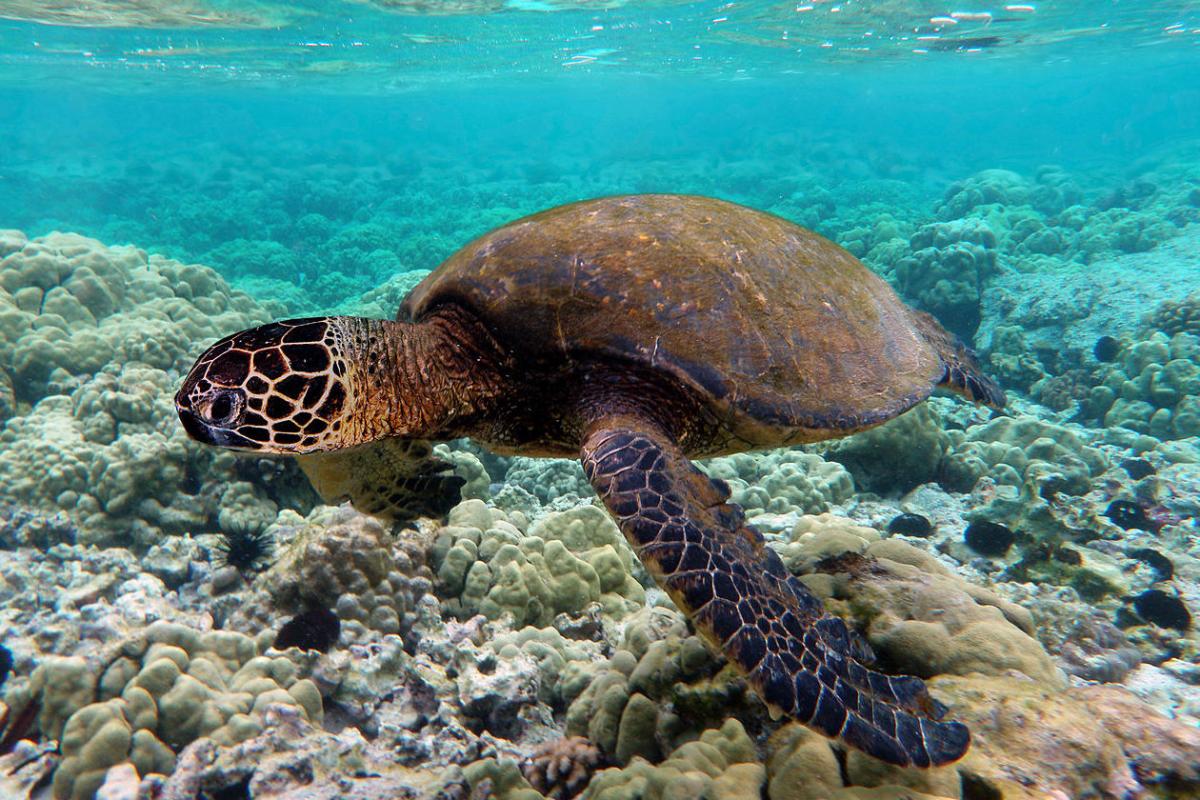Every summer, scores of trained volunteers scan coastal beaches, looking for sea turtle nests. When found, the nests are marked and watched, preventing predators or curious humans from finding the eggs. After several weeks, tiny turtle hatchlings emerge and make their way to the ocean.
Unlike birds, turtles don’t sit on their eggs before they hatch. These moms haul themselves onto the beach one night to dig a nest. Once they’ve finished laying their eggs, they return to the sea. And while it may seem dangerous to leave a nest all alone, sea turtles are savvy parents: a recent study suggests that, after they lay their eggs, some turtles create decoy nests.
During multiple summers, researchers observed turtle mothers in Trinidad and Tobago. They were watching a common habit of sea turtles: the scattering of sand around newly laid nests.
Scientists usually say that this action camouflages the nest site, or improves conditions for egg development. But the researchers paid attention to how large leatherbacks and little hawksbills alike behaved. Both species of turtles laid their eggs, refilled their nest holes, then moved several feet in random directions, stopping only to flap their flippers and strew sand. They continued the sand-scattering for nearly half-an-hour, and no two turtles moved along the same path.
Why would turtles expose themselves to hungry animals and the rising sun? mused the researchers. They concluded that, while the sand-scattering revealed the rough site of the nest, it obscured a nest’s precise location to egg-hunting predators. The randomness of the sand-scattering likely confuses the visual and olfactory signs of recent nests, keeping the eggs—and soon-to-be tiny hatchlings—safe.









